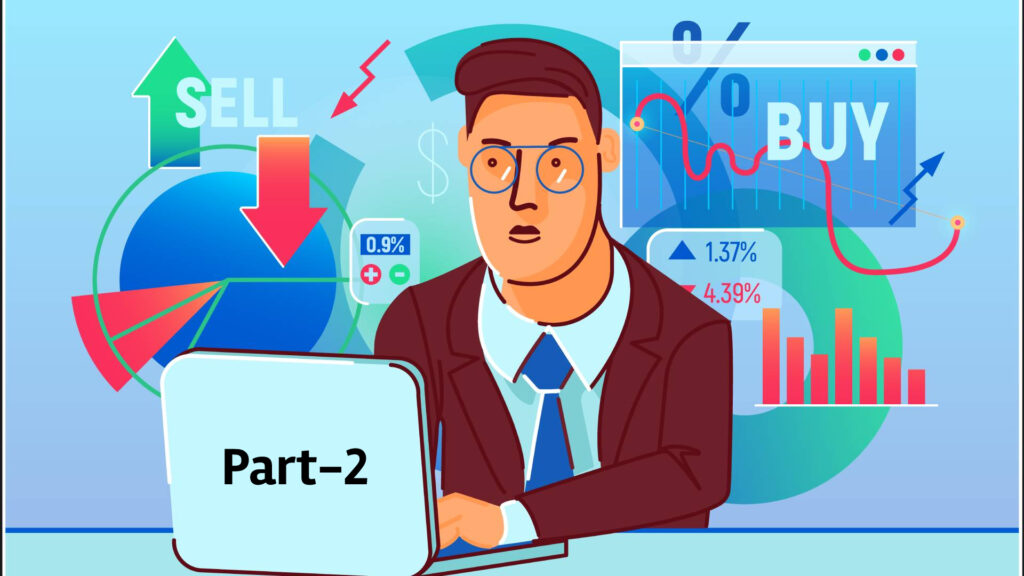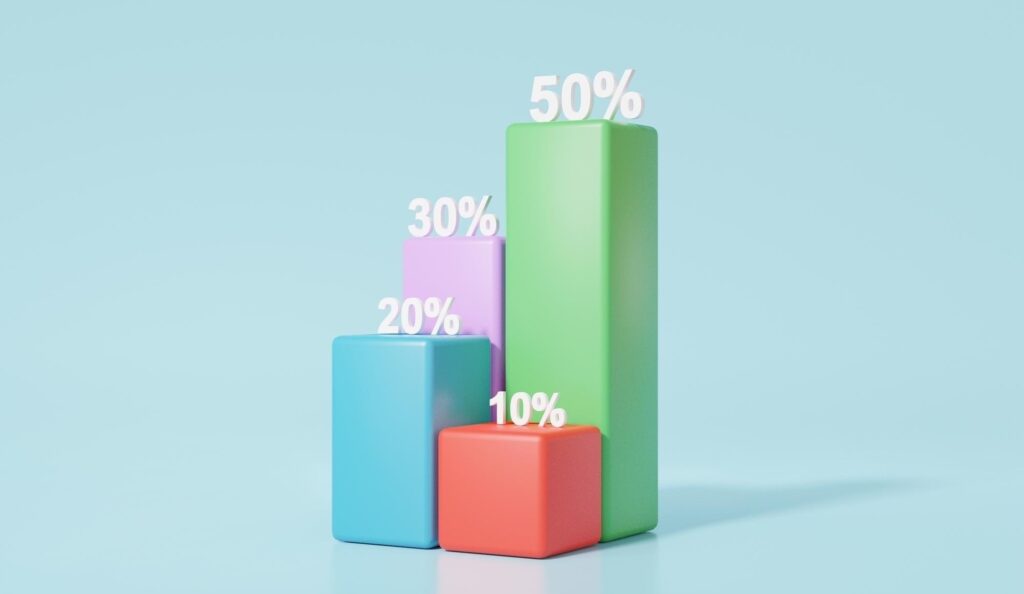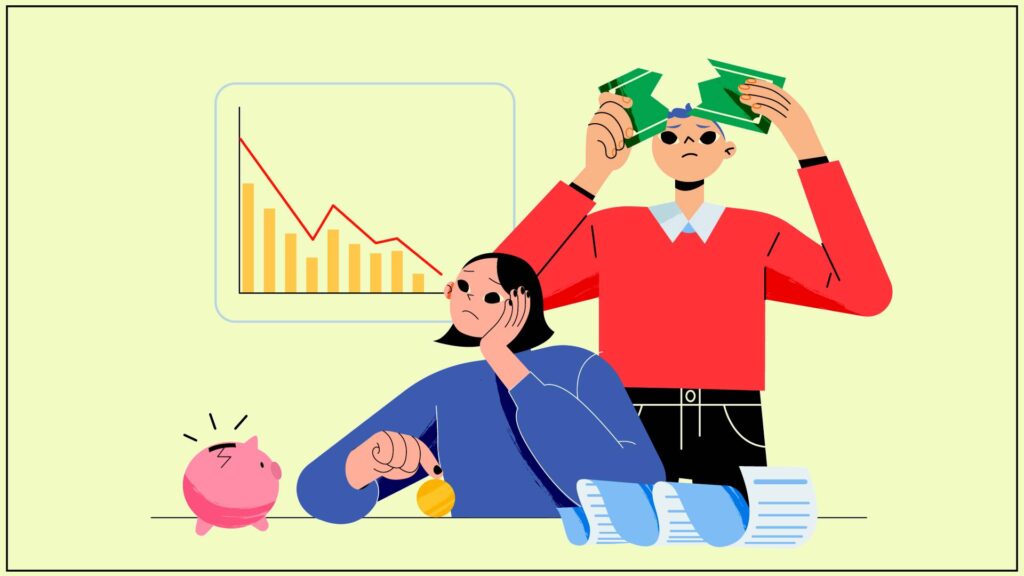This is in continuation to the blog on How to React to Market Volatility. Let’s focus on understanding the day-to-day price volatility which causes uneasiness to investors.
Experts say that investors need to understand the market price does not always reflect the real value of the assets. Investors depending upon the fundamentals for making decisions, daily price oscillations do not disturb them. Experts at MyFinopedia identify a stock’s intrinsic value by studying the financial information of the respective venture, macro-economic trends, regulations, and the psychological and behavioral components of different market players.
Security against emotional see-saws, many investors believe that their portfolio is a diversified one. The reality check reveals otherwise. Constructing a diversified portfolio, consider the association coefficient of the stocks. In other words, if the stocks or other assets prices rise and fall with the market.
Investors’ risk appetite should be estimated based on age, time horizon, income, investment amount, and personal traits. MyFinopedia helps investors use a methodical instrument to measure risk level for building a better portfolio.
The advantage that the MyFinopedia provides to its clientele is the direct approach with the market experts regularly especially during market wild swings which helps to reduce the emotional anxiety. MyFinopedia follows the theory of practical understanding as follows.
Don’t be disheartened to see the down trending portfolio value. Limit oneself to checking on a regular basis. Be aware, but not hawk-eyed, and stick to a periodic view.
Focusing on short-term losses can cause stress. Instead, try focusing on the long-term market trends and Think of the big perspective.
Remember that history repeats itself. Dwindling is a part of the natural ebb and flow of the markets. It will soon show a retreat and will trend up.
Last but not the least, as the saying goes, “buy low, sell high”. On the basis of an investor’s comfort zone, it can be a good time to consider the first part of this sentiment.






